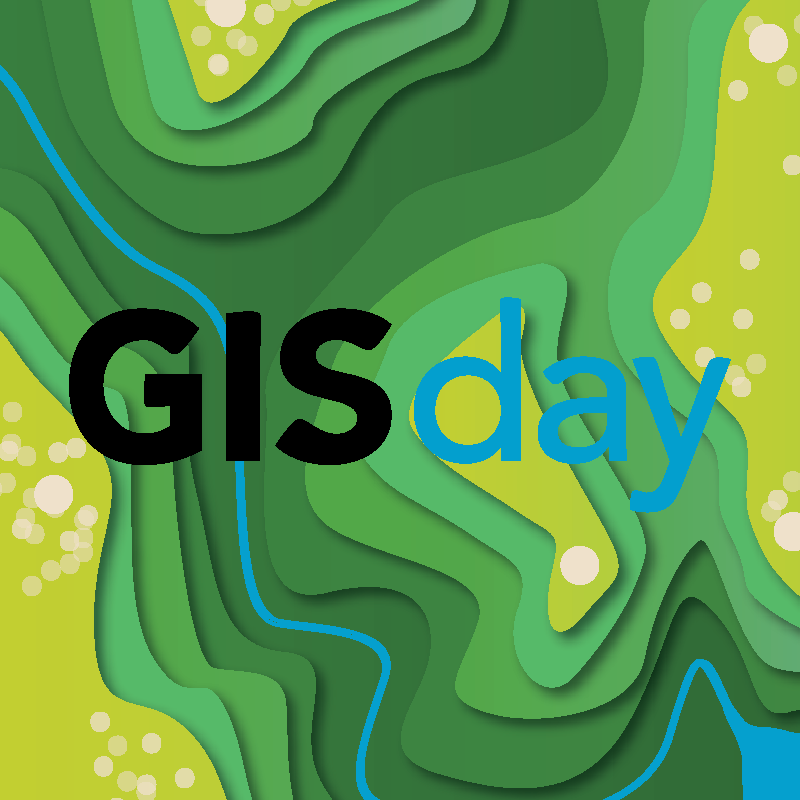From Google Maps to remote sensing, geospatial technologies are everywhere. The Geospatial Centroid at Colorado State University works as both a service and resource for computer mapping, location-based services and spatial analysis, promoting a critical awareness of how to use these tools properly and effectively to communicate meaning through data.
“We support the community with respect to developing an understanding of how to use geospatial applications, data analysis for decision making, for research, for teaching,” said Melinda Laituri, professor of ecosystem science and sustainability and director of the Geospatial Centroid in Morgan Library.
To celebrate the annual GISday on Nov. 13, the Centroid has introduced a series titled “Spatial Stories.” This series will be a collection of firsthand reports of the impact of GIS technology and been impacted from it. Anyone with a story to tell should share it with the Centroid online.
Data made visual
GIS technologies translate data into a visual form to make large amounts of information understandable and accessible. From voting patterns to epidemiology, GIS provides endless opportunities to detect patterns through data, analyze why these patterns exist, and gain a new or better perspective on the world.
“I think that GIS provides an awesome way of visually interpreting data that otherwise can kind of be redundant or hard to grasp or uninteresting at times,” said Nick Vogel, senior intern at the Geospatial Centroid. “When you can visually see something it can [reduce] a huge gap between the scientific culture as well as the general public, and that is huge for making policy change and addressing issues that we have globally, locally, regionally.”
Through the Centroid, CSU faculty and students can use GIS programs including ArcGIS Pro and QGIS to analyze their data and create a visual component to assist in their research projects. The software can be used across different disciplines, with information from multiple studies available through the GIS database.
“Data can be linked in many different ways,” said Laituri. “If someone in civil engineering is doing a project, it might have ways to relate some of their information and what they’re doing to someone in sociology or someone in economics or someone in ecology provided there are some ways to link that data in terms of space.”
